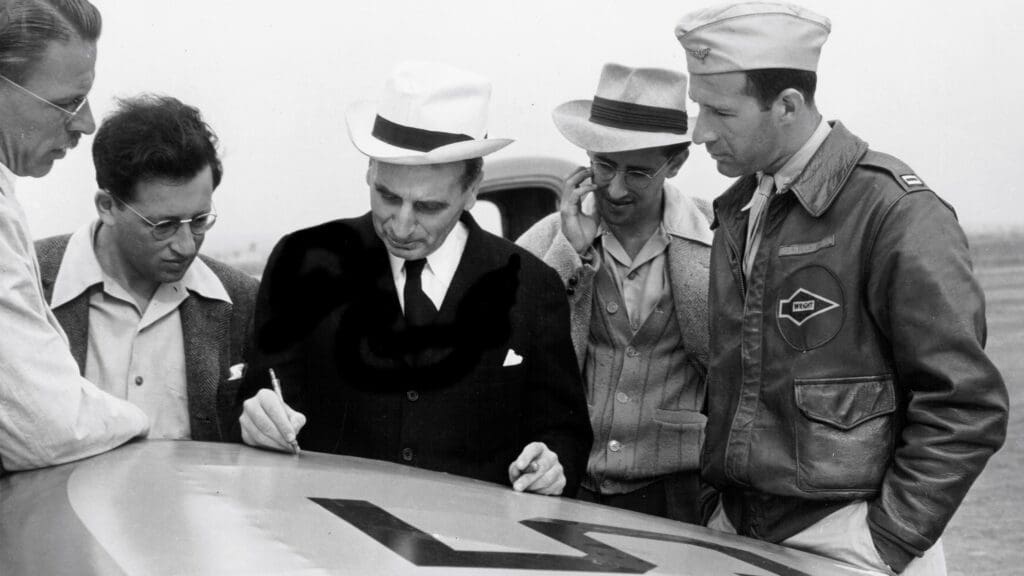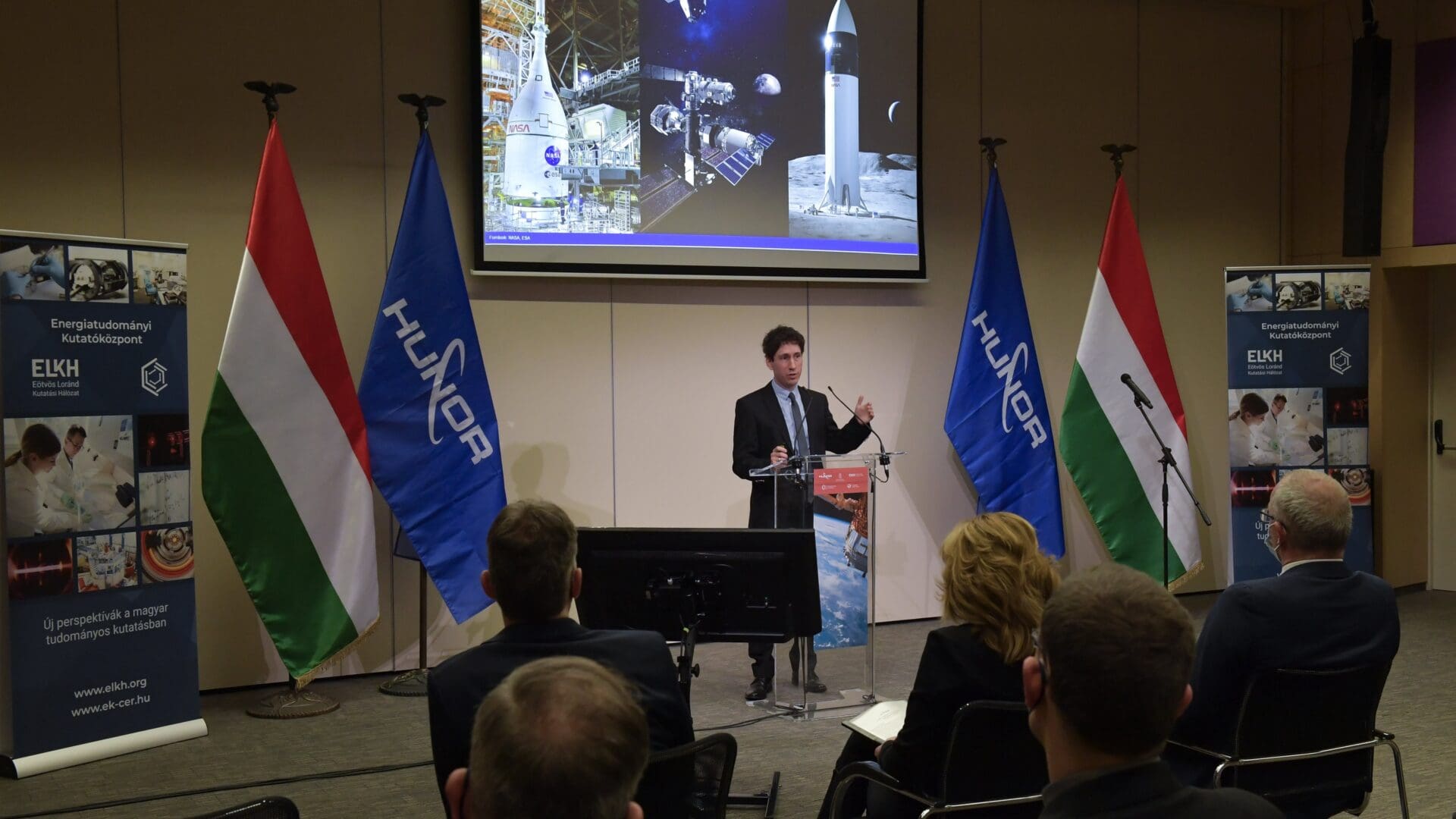When it comes to space exploration, it is usually—and for a good reason—associated with superpowers: such as China, America, or Russia. To many, French, Indian or Japanese programmes are also familiar. In addition, since very recently, technological giants such such as SpaceX, Blue Origin or Virgin Galactic have also been at the forefront of space research. The explanation as to why it is large and rich countries and international mega corporations that lead the way in the field is very simple—an enterprise as sophisticated as space exploration requires a tremendous amount of infrastructure, human capital and resources.
But what about smaller countries? And the question is obviously not about billionaire hubs like Luxembourg, which a few years ago, as second only to the US, adopted legislation on possessing extraterrestrial property. As a matter of fact, many other countries have participated in humanity’s conquest of the universe, and when it comes to Hungary specifically, it must be admitted that the Hungarian contribution to the space enterprise is as immense as the vast expanses of the void.
At the very dawn of the Space Age, Hungarians laid the foundation for humanity’s first steps above the surface of our world. If we are to ever advance into the stars, no doubt our streets on newly inhabited planets will bear the names of great Hungarians as Zoltán Lajos Bay, who measured the distance between the Earth and the Moon using radio waves; John Neumann, or János Lajos Neumann, a brilliant polymath who conceptualized self-replicating spacecrafts; Theodore von Kármán, or Tivadar Mihály Kármán, whom the space border is named after; Bertalan Farkas, the first Hungarian astronaut; and probably many other Hungarians, not yet known. And there is a good reason to assume there will be more prominent Hungarian names: the country’s commitment to space exploration is becoming more and more significant with every passing year.

Besides the recent announcement of Hungarian candidates for a mission to the International Space Station—see our article about this—there are many other significant achievements of the Hungarian space sector as well. Hungary has recently multiplied the number of projects devoted to the space domain, including its financial contribution to the European Space Agency, of which the country has been a member since 2015. In 2021, Budapest hosted the Annual Congress of the Association of Space Explorers, attended—during the pandemic!—by more than 50 astronauts from all around the world.
Education plays a role in space exploration, too, and this is why the Department of Space Activities of the Hungarian government is currently working on establishing a post-graduate education program with a broader space qualification involving 17 different Hungarian universities. If successful, this would enable students to pursue careers in space studies, such as research, engineering, as well as economic, institutional and legal disciplines related to space.
These and many other activities, including the expanding cooperation with multiple entities, such as the aforementioned private space company Virgin Galactic, NATO, UN, V4 and many others, will definitely contribute to the growing domestic space sector of Hungary. At the moment, there are multiple Hungarian aerospace companies (such as Admatis, Aedus Space) and institutions (University of Debrecen Space Research Programme, Eötvös Loránd University Space Research Programme) operating on the global space market, even including small family businesses such as the Borsodi Műhely from Győr.
Else then establishing the intellectual and business climate surrounding the space industry and building connections, there are technological and scientific achievements as well. Two nanosatellites developed in Hungary, ATL-1 and SMOG-P, have been successfully operating for more than one year in space. While one of them is responsible for studying electromagnetic pollution, the other’s goal is to measure cosmic radiation.
A Hungarian astronomer, Krisztián Sárneczky, has been particularly successful in spotting asteroids, sometimes just before their dramatic burn in the atmosphere. And although most spacefaring rocks that are potentially threatening our planet are discovered by NASA scientists, Hungary has become very famous as an asteroid-hunting hub thanks to Sárneczky’s efforts. Moreover, another achievement of the Hungarian space enterprise includes recent successful completion of a space chemistry experiment on board of the International Space Station. Given that the Space Station is mankind’s only laboratory where we can run experiments that are impossible to execute anywhere on the surface of the Earth, it makes scientific missions like that invaluably insightful for understanding how our universe operates.
While the goals of the government’s endeavours in the space field are essentially practical—the recently published official roadmap for the development of the Hungarian space sector mainly defines its objectives in terms of protecting domestic jobs, establishing infrastructure for innovative Hungarian ideas and making the Hungarian economy more competitive—there are definitely some other benefits as well, even if they are not necessarily recognised as such. For one, the global space industry is already a significant part of the world economy. The space economy is worth at least 469 billion dollars, it brings about huge investments and produces necessary technologies our lives would be unimaginable without. The importance of the Internet, mobile networks, meteorology, banking transfer systems, phone cameras, water purification systems, wireless headsets and many other inventions that would not be possible without space exploration efforts is hard to overestimate. This factor alone would be more than enough to justify the current Hungarian efforts to create a decent space infrastructure.
There is one more thing, however. Space is enormously huge, and the Earth represents just one, tiny example of how the laws of the universe can manifest themselves. There is an incomprehensible number of planets (approximately twenty sextillions, or 20,000,000,000,000,000,000,000) as well as stars, clusters, nebulae, asteroids, galaxies and other celestial bodies. Studying them can shed light on probably the most important questions we ever dared to ask—who we are and what the world surrounding us is. That is another, more fundamental aspect that makes the development of the Hungarian space industry a matter of crucial importance, not just idle prestige.








